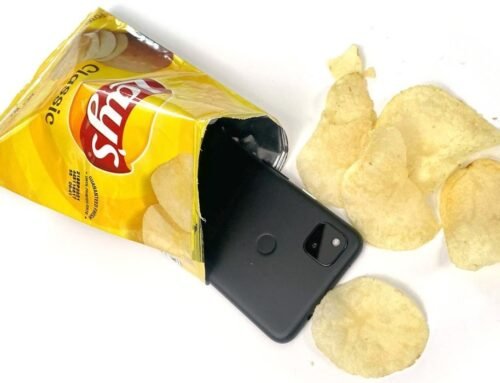The fifth generation of cellular technology, 5G, aims to deliver data rates that are 10 to 100 times faster than current 4G networks. As 5G makes its way to major cities, customers are prompted to ask:
5G is an interesting animal as the frequency is super high (though what type of frequency is still not entirely confirmed – 40GHz, 80GHz, etc.), and the power is pretty high, but the range won’t be as high due to the large amplitude. This means buildings can block a significant amount of the signals due to a lack of line-of-sight between the cell tower and device. Because of this blockage issue certain carriers have resorted to just using lower frequencies like 2.5GHz and improving the networks. So “5G” may end up quite similar to the signal environment we have now. As a result of all these variables, lab testing cannot provide a definitive answer about how our products will perform in the real world, since signal strength will be based on the environment. Although we have had lab testing done using signal strengths that are similar to expected 5G environments, the definite performance results will come down to real world testing, and we don’t have the network rollout yet to do that.
There are other faraday enclosure manufacturers out there who have been answering this question with, “yeah sure, our faraday bags/boxes/materials block 5G!”… beware of this answer. Unfortunately they do not know, as no one knows at this time. We do believe, however, that our faraday bags and enclosures will shield well or even equally as well if/when 5G is rolled out in its entirety, based on the points above. We know this isn’t a cut and dry answer, but this is not a cut and dry situation. We hope you appreciate the accurate and candid answer as opposed to false assurance.
The image below demonstrates how 5G speeds require radio waves with extremely high frequencies. These frequencies need line-of-sight within a small radius to successfully communicate.
Lab Testing
Although lab testing can only tell us so much about how products will perform in 5G environments, we have had many of our products, including the TitanRF™ Faraday Fabric which is used in the construction of all of our Mission Darkness faraday bags, tested by an accredited laboratory. We decided to go through this process to gain concrete credibility for our product performance claims and to help our customers understand our general RF shielding capabilities. The high-level test determined the material’s ability to reduce the electromagnetic field in a space by blocking the field with barriers made of conductive materials. Multiple shielding effectiveness tests were performed at various frequency ranges, as shown in the images below (thus blocking RF signal). The range that is most comparable to 5G signals is the 19GHz-40GHz test, which our products effectively blocked.
Based on the current data and testing that we have, we are confident that Mission Darkness products will block 5G signals… but circling back to the points previously stated, we don’t have the full high-strength signal network that cellular companies are striving for rolled out yet to test for definite real world results.



